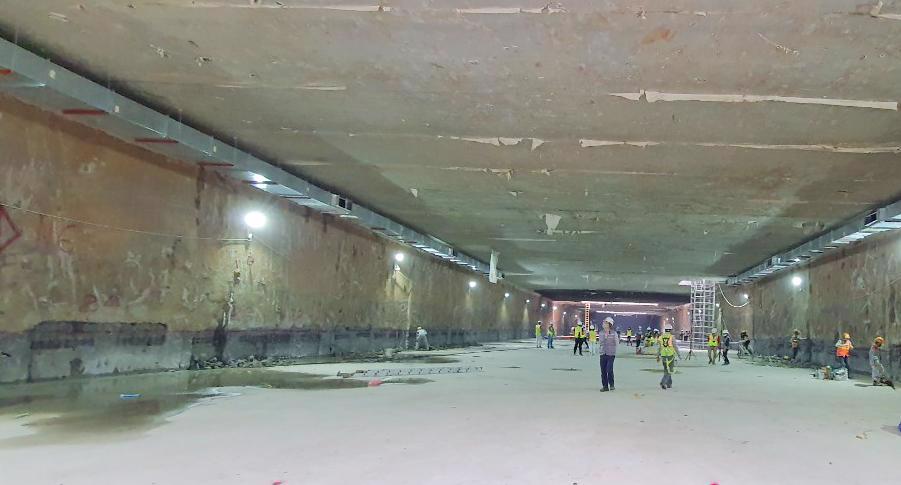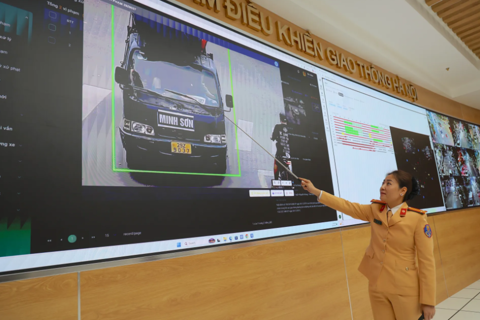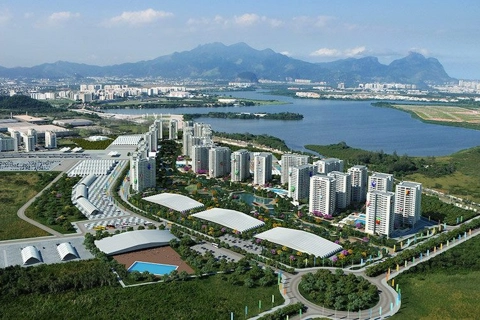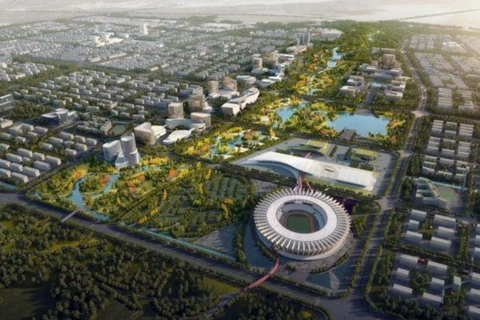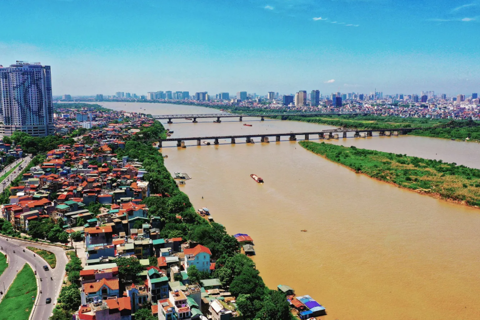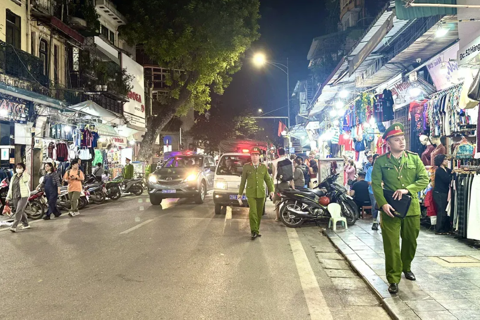Hanoi announces unprecedented infrastructure planning
These plans are of significance for Hanoi’s development, especially the planning for urban underground space, which is the first of its kind with high and unprecedented complexity.
The Hanoi’s Department of Planning and Architecture in collaboration with the Department of Transport and other units on April 12 held a conference announcing two key infrastructure plannings.
| A space of underground station S9 of Nhon-Hanoi railway station metro line. Photo: The Hanoi Times |
These include a master plan for the construction of urban underground space in the center of Hanoi until 2030, with a vision to 2050 (scale 1/10,000), and the planning for bus stations, parking lots, rest stops, and logistics facilities in Hanoi until 2030, with a vision to 2050.
According to Vice Director of the Hanoi’s Department of Planning and Architects Nguyen Duc Nghia, a key part of the city’s master plan of the urban underground space would be a network of an underground transport system.
“The city would focus on building six metro lines with a total length of 86.5 kilometers at a depth of 20 meters, along with 81 underground stations,” Nghia said.
In addition, Hanoi also plans for 78 underground parking lots for a combined area of 104 hectares, which are concentrated in the four core districts.
“Hanoi considers major transport hubs such as urban railway stations or national railway stations as the core in the development of public underground spaces,” he added.
Nghia noted there would be 39 underground public spaces in the downtown areas with 954 hectares, including services, trade, entertainment, and connected with urban railway stations.
He also revealed the city would propose the construction of an addition of 65 underground public spaces in the North and South of the Red River with 2,171 hectares.
Regarding the planning for bus stations, parking lots, rest stops, and logistics facilities in Hanoi until 2030, with a vision for 2050, Nghia said the plan would cover an area of 3,344 square kilometers and take into consideration an estimated population of up to 9.3 million by 2030, and 10.5-10.7 million by 2050.
Nghia said investments in infrastructure should be in line with the planning for socio-economic development and meet the transport demand of the locals in the coming time.
At the meeting, Vice Chairman of the Hanoi People’s Committee Duong Duc Tuan stressed the significance of these plans for Hanoi’s development, especially the planning for urban underground space, which is the first of its kind with high and unprecedented complexity.
“The realization of these plans would contribute to Hanoi’s sustainable development, serving as a legal basis in the planning process for infrastructure upgrade of both the surface and the underground space,” Tuan said.

